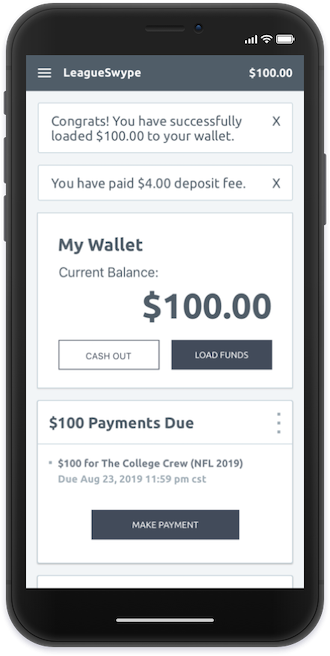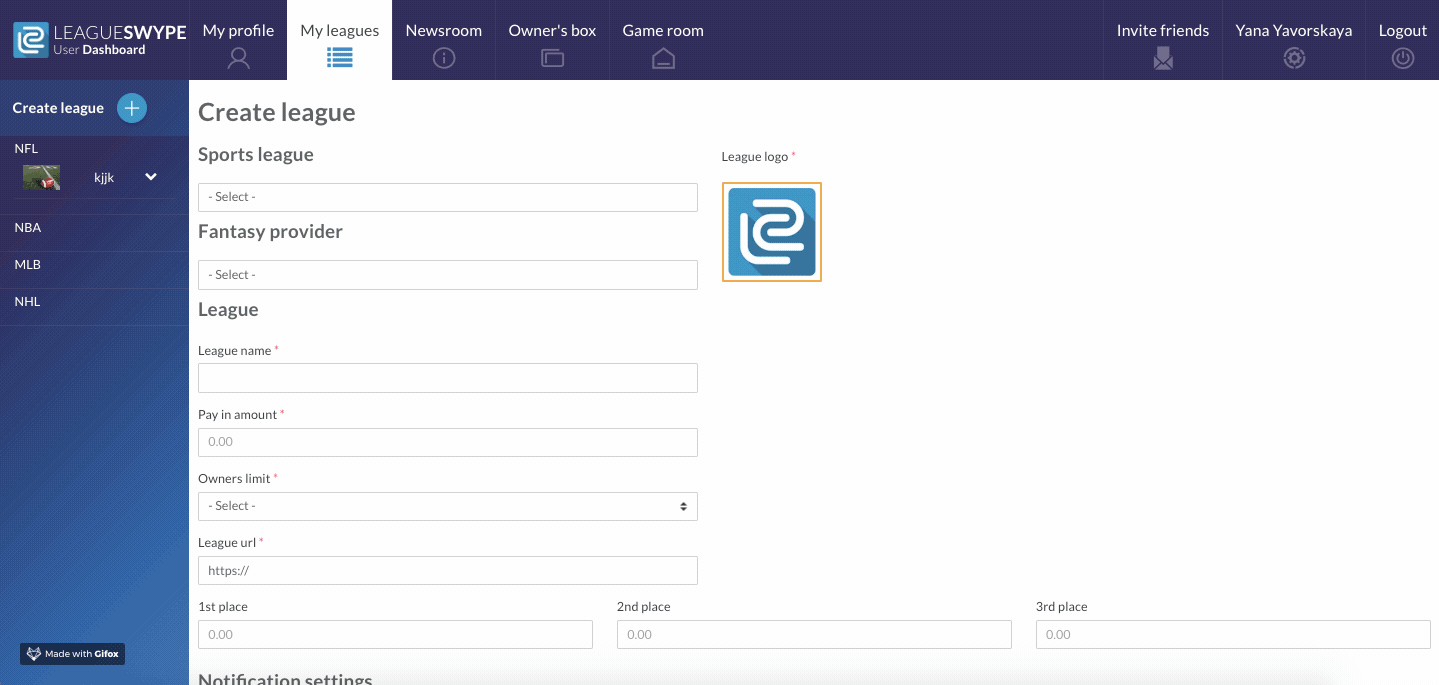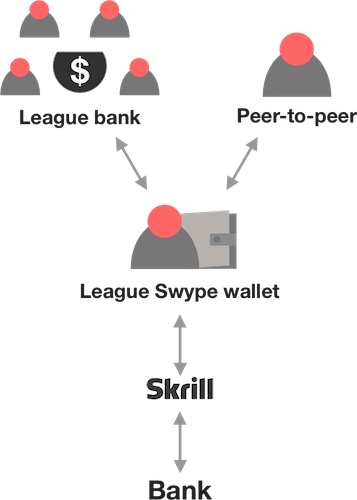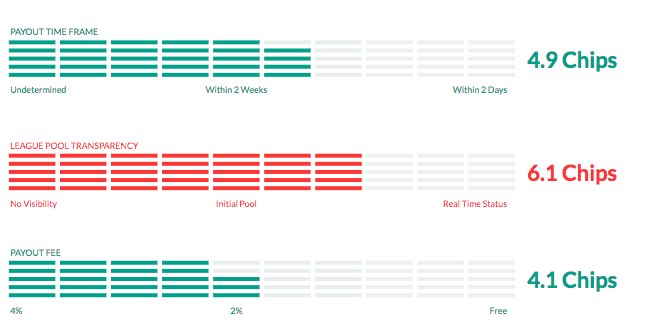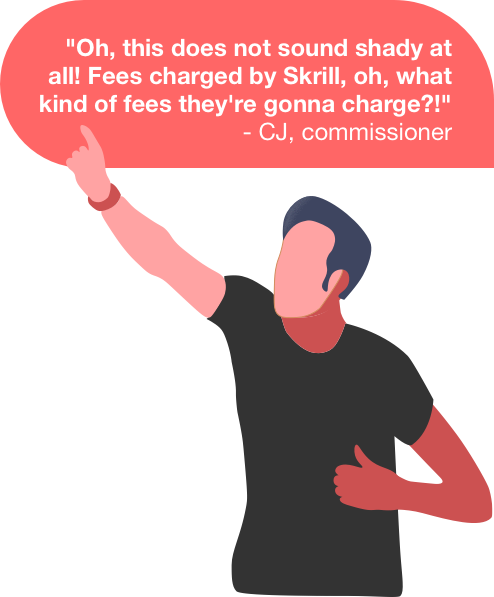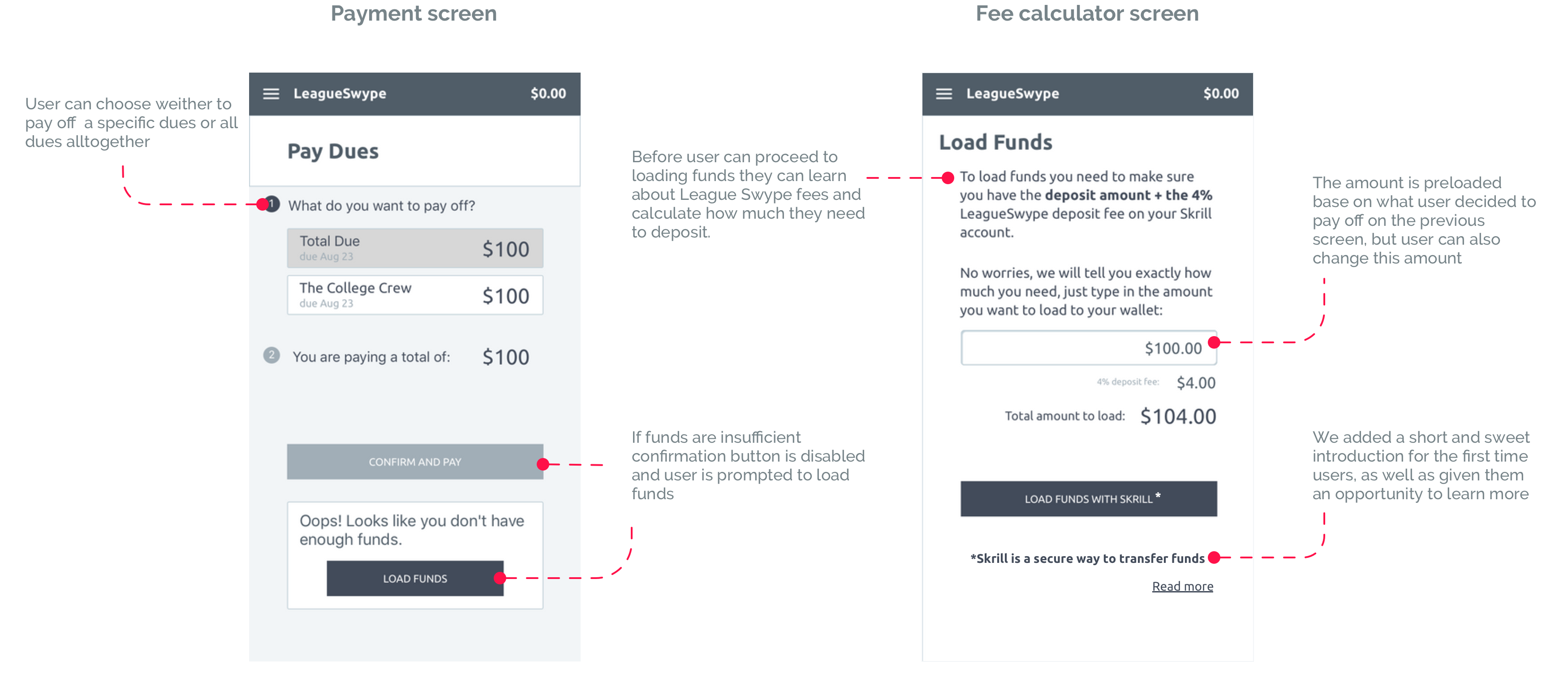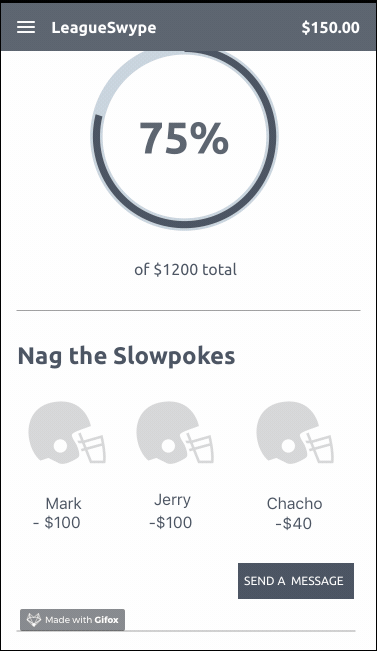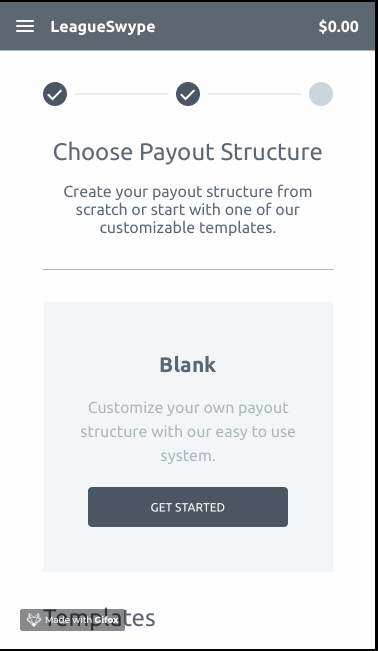League Swype
Based out of Chicago, League Swype is a fantasy sports startup.
League Swype’s founder, Darius, is on his way to create a fantasy
sports hub based around payment collection and processing.
Darius tasked us with making the process of signing up more user-friendly.
As a part of the team of three UX designers, I conducted research that
revealed useful insights that served as a foundation for further ideation.
With the help of the mid-fidelity prototypes, we tested our solutions
and prepared them to be implemented by a development team.
Role:
- UX designer
Length of the project:
4 weeks
Tools used:
- Sketch App
- inVision
UX tactics included:
- Direct/Indirect Competitor Profiling
- Unstructured/Structured Interviews
- Affinity Mapping
- Paper Prototyping
- User Personas and Journey
- Usability Testing
